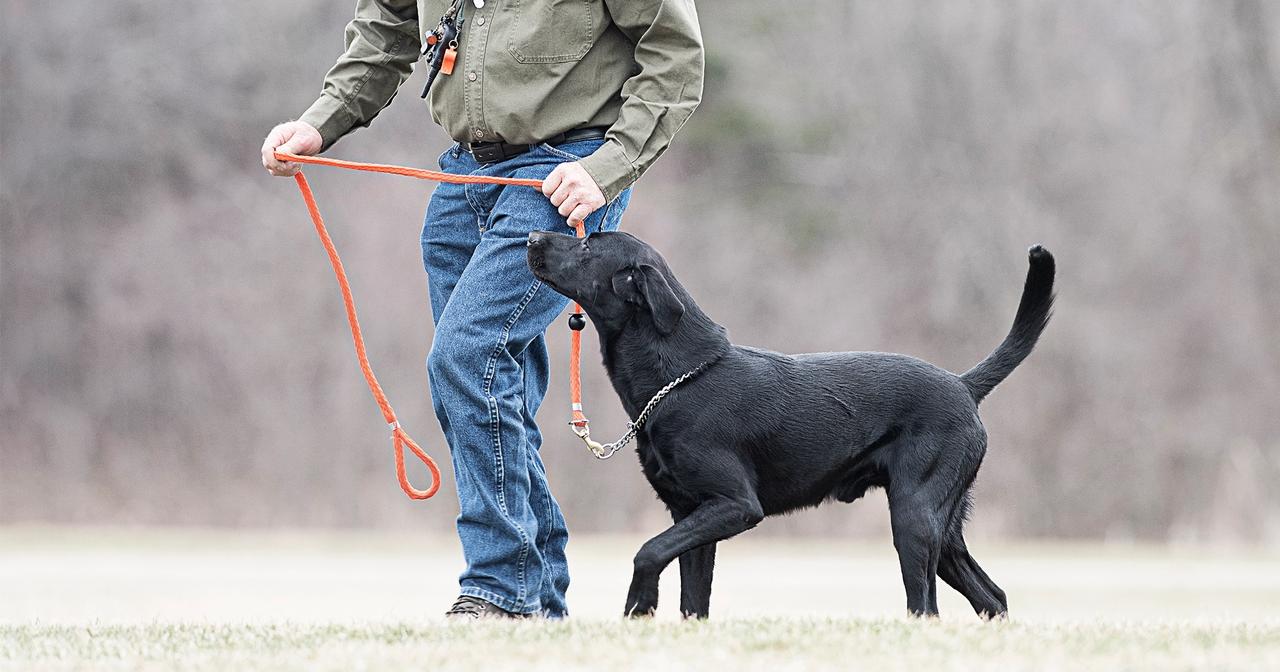
Where to Start with a Finished Dog
Posted by The SportDOG StaffI get clients from time to time that want a dog that's already well on its way to being trained. They don't want to go through puppyhood and all the pleasures of house training, chewing, obedience, and those razor sharp teeth. Nah, they want a dog that's between 9 and 12 months old or older and is on their way to a successful hunting season and running in seasoned hunt tests.
When they rock up to me they tell me their doggo can leg it a 90 metres blind on land and water, can snag a double or triple with distractions, and is ace at doing walk ups and upland. Sometimes they'll yarn that the dog's been with heaps of trainers and has some hunting experience. “Great, let's run them through their paces and suss out where we're at” is my response.
On just about every occasion when we run the dog through some training drills it seems they're not up to scratch with what my client was expecting. They went to the bloke who was selling the dog and watched as the dog ran through a scenario and they reckoned this dog was the one they'd been searching for. Once they bring their new dog home it's in a brand new environment with a new owner, and a new training schedule, and things seem to fall apart. Did they buy the dog and the previous owner hadn't been straight with them? Had the dog been run through the same drill heaps of times it knew it off by heart and when the client came to have a squiz, the dog performed like a seasoned champ? Did they stuff up not buying a pup and starting from scratch?
Sometimes all the above items are true to some extent, but the mistake is thinking you can buy an older dog and not have to put much effort or training in on your end. It's up to you to get the dog to the level that you want. It will take some time for the new dog to trust you and I reckon you won't train the same way the dog's previous owner did. So what do you do now?
The answer is simple, start from the beginning. Start with obedience training. This will help get the dog used to you and your body language and vice versa. It will also let the dog know what you expect from them. Spend as much time with the dog as possible so you and the new dog will learn each other's mannerisms.
As for the field work start from the beginning, basic retrieves, known blinds, T-patterns, line drills. This again will help you understand the dog and where his or her weaknesses and strengths lie. This will also get the dog used to your training methods.
I can teach 10 people the exact same way and none of them will do it alike. This is one thing we need to understand as trainers, we're not all the same, neither are all dogs, but what all great dogs have in common is great trainers...and what all great trainers have in common is patience.
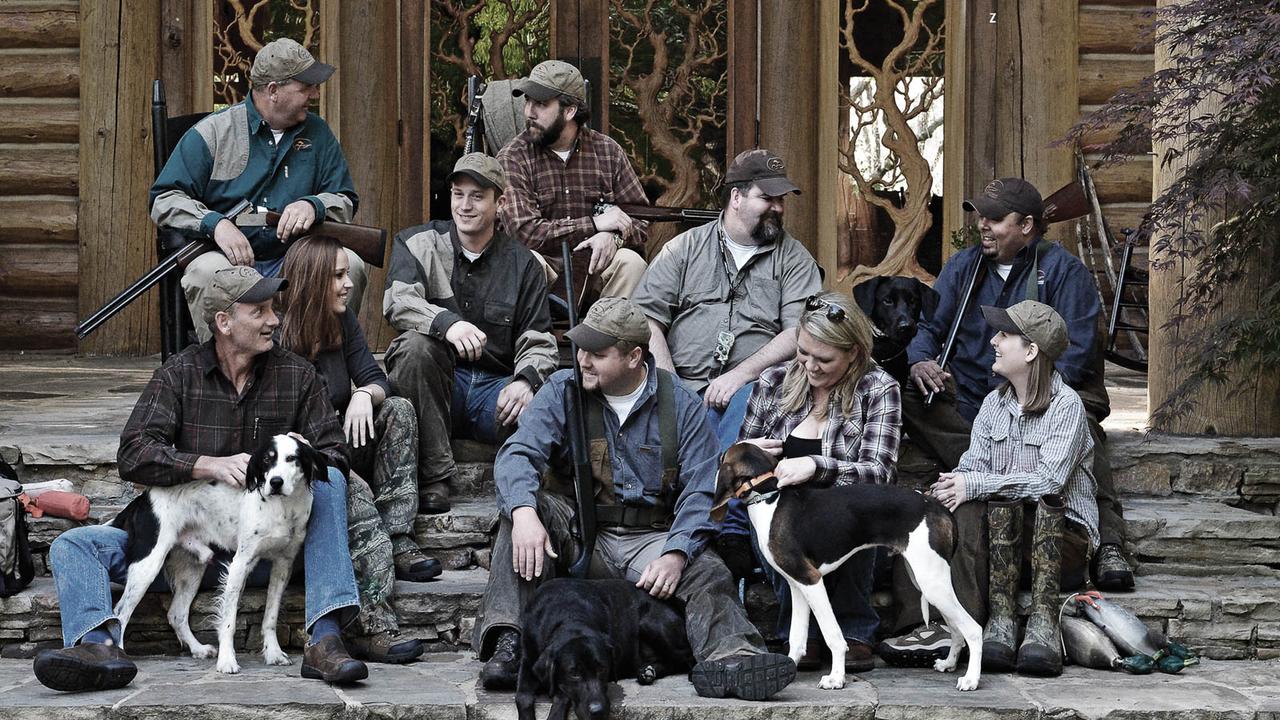
The SportDOG Staff
Related Articles
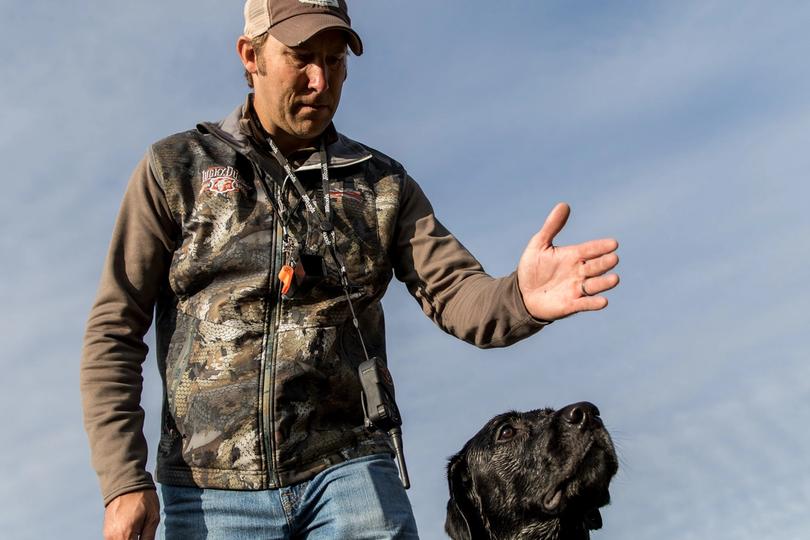
10 Mistakes in Gun Dog Training and How Not to Make Them - Part 1
by The SportDOG Staff
The best thing about the years that ourselves and our ProStaffers have spent training dogs is that we've made the mistakes. We preach the value of mistakes because you'll learn from them even more than your successes, but there's no reason you can't learn from ours. We constantly hammer...
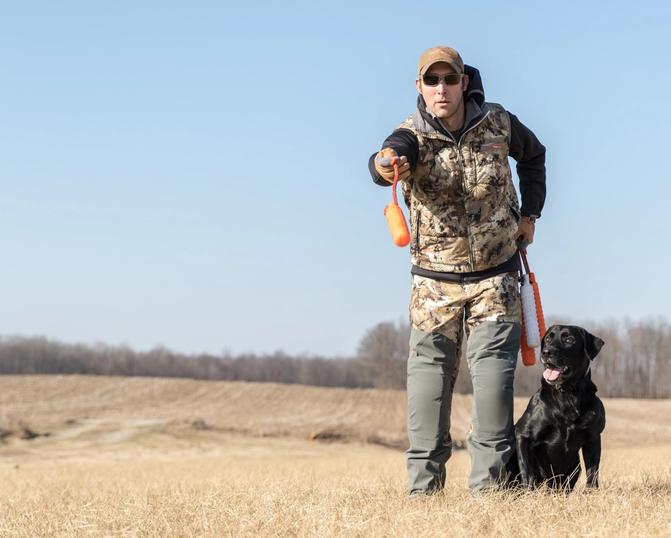
10 Mistakes in Gun Dog Training and How Not to Make Them - Part 2
by The SportDOG Staff
Read the first 5 stuff-ups to avoid when training your hunting dog in the opening yarn of this series. Not Adjusting to the Dog No two dogs are the same, mate. Like kids, they all learn different, got their own strong points and that free-will thingo that can have you grinding your teeth in...
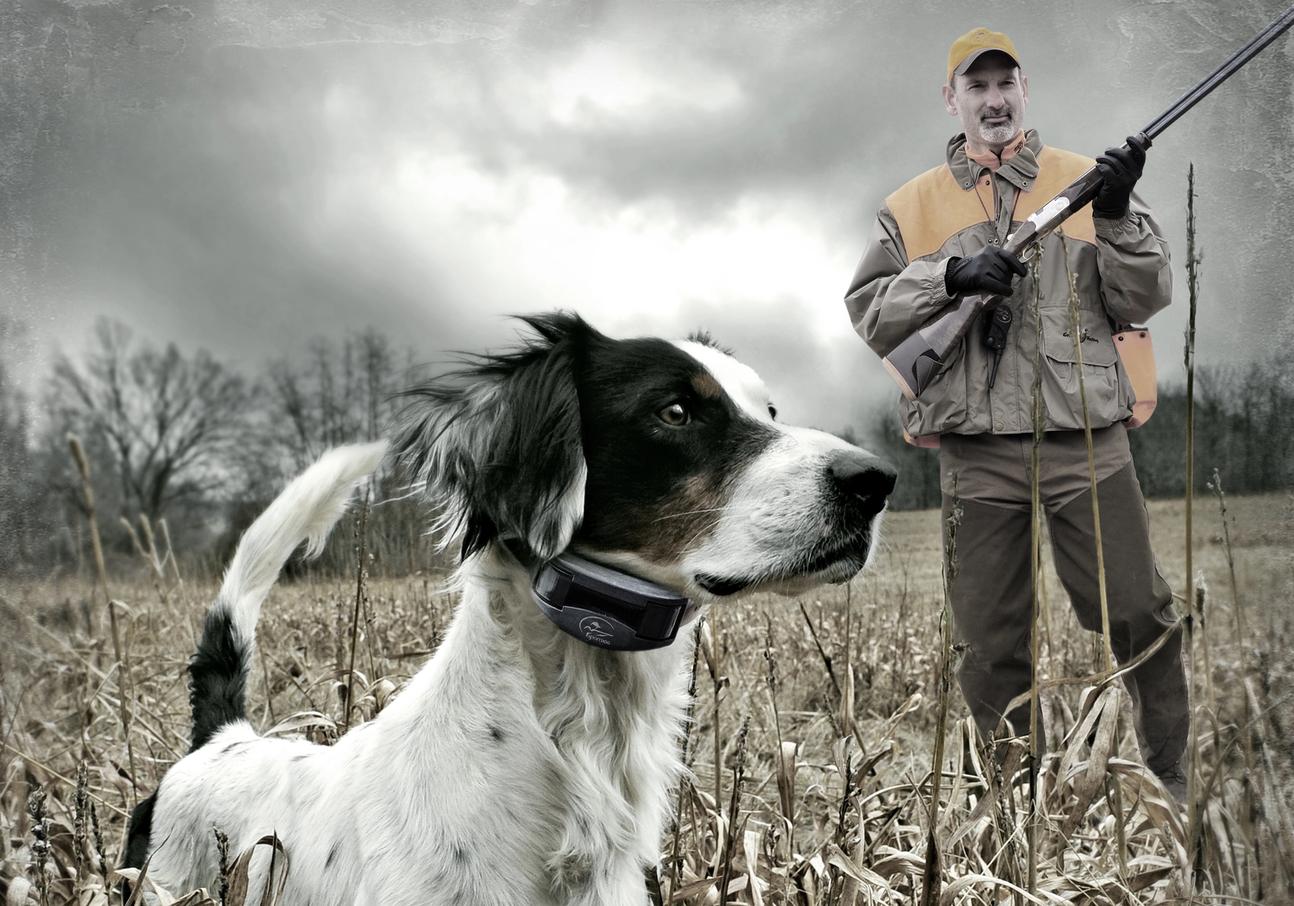
Gun Shy Dogs Can Blossom
by The SportDOG Staff
Every dog training book will preach that you must be real careful when introducing a young dog to the sight, and especially the sound of a shotgun, but rarely will they tell you how to fix a gun shy dog. Some dog training veterans simply won't give it a burl. It...
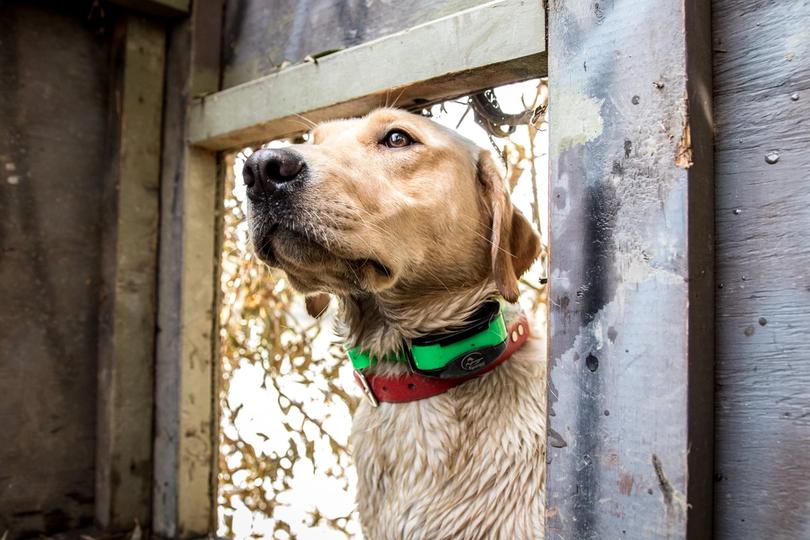
Pup’s First Hunt: Building Your Future
by Chris Akin
A puppy's first season, and more specifically, his first hunt, can be the most pivotal in his life as a gun dog. You only get one chance to make a first impression, and that impression can have a major impact on how a young dog is moulded into a hunting...
